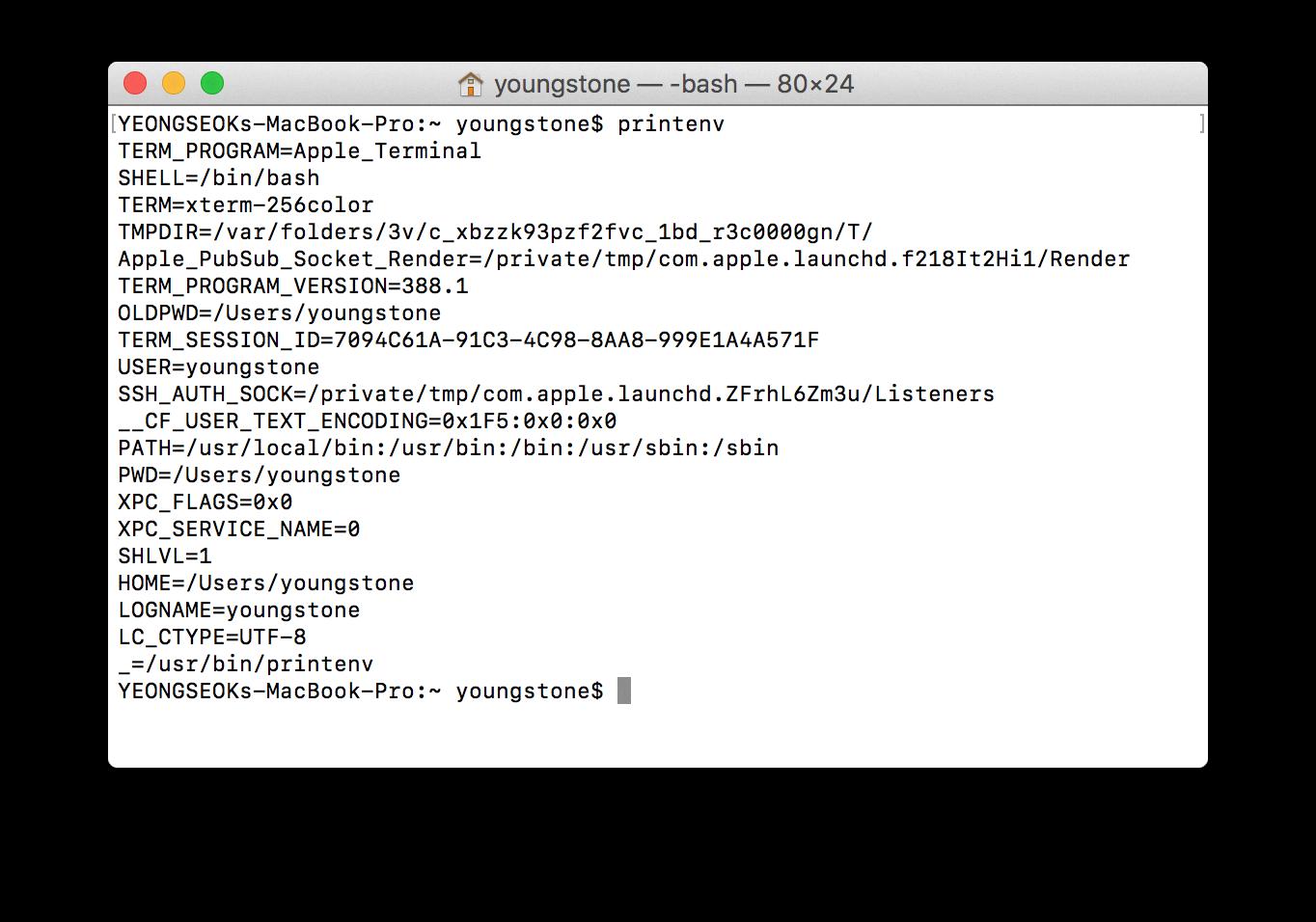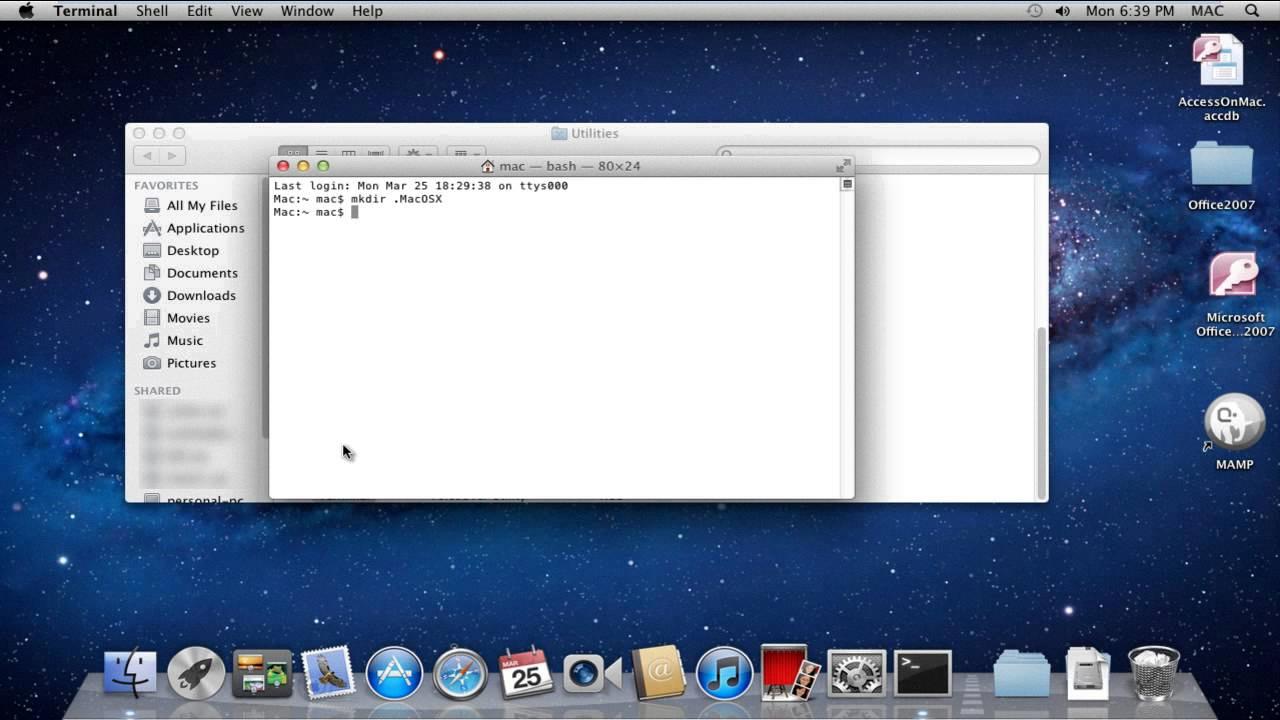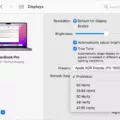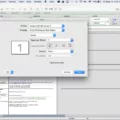Setting environment variables on a Mac is a great way to customize the operating system to your preferences and make certain tasks easier. Environment variables are pieces of information stored in the computer’s memory that can be used by applications running on the system. By setting environment variables you can control how applications behave and access resources or data.
There are two ways to set an environment variable on Mac OS X, either through the command line or using graphical user interfaces (GUIs). The command line method is usually preferred for advanced users who want more control over their environment variables. The GUI method is preferred for those who want a quick and easy way to get started with setting environment variables.
To set an environment variable from the command line, open up the Terminal application in Mac OS X and type in ‘export’ followed by the name of the variable you wish to set, e.g. ‘export PATH=/usr/local/bin:$PATH’. This command will set an environment variable called ‘PATH’ which will tell applications where they should look for executable files when they are launched from the Terminal. You can also use this command to add additional directories that should be searched when launching an application from the Terminal – just separate each directory with a colon (:).
To set an environment variable using GUIs, open up System Preferences and navigate to ‘Users & Groups > Advanced Options’ then click the ‘Environment Variables…’ button at the bottom of the window. From here you can add new variables or edit existing ones. Once you have made your changes, click OK and then restart any applications that may need to access tese new settings for them to take effect.
Setting environment variables on Mac OS X is a great way to customize how your computer behaves and access data or resources more efficiently. With both command line and GUI options available, it is easy for users of all skill levels to take advantage of this powerful feature!
Setting Environment Variables in Mac
Setting environment variables in MacOS is a fairly straightforward process.
1. Check Current Environment Variables: To check the current environment variables, open the Terminal application and type “env” or “printenv” and press enter. This will list all of the currenly set environment variables.
2. List All Environment Variables: To list all of the avalable environment variables, type “set” into the Terminal and press enter. This will list all of the available environment variables that can be used in your system.
3. Check A Specific Environment Variable: To check a specific environment variable, type “echo $[variable name]” in the Terminal and press enter. This will print out the vale of that particular variable if it is set.
4. Set Temporary Environment Variable: To set a temporary environment variable, type “export [variable name]=[value]” in the Terminal and press enter. This will set a temporary, session-specific vaue for that particular variable which will persist until you log out or close your terminal session.
5. Set Permanent Environment Variable: To set a permanent environment variable, you need to edit your .bash_profile file which can be done by typing “open -e ~/.bash_profile” in the Terminal and pressing enter (this command may vary depending on which shell you are using). Then add “export [variable name]=[value]” to this file, save it, and close it to permanently set this value across all terminal sessions on your MacOS system.
6. Unset Environment Variable: To unset an environment variable, type “unset [variable name]” into the Terminal and press enter. This will remove that particlar variable from your system until it is manually added again as described above in steps 4 or 5.

Source: stackoverflow.com
Setting Environment Variables in Terminal on Mac
You can set environment variables in Terminal Mac by usng the export command. To set a variable, type export followed by the name of the variable and its value. For example, if you wanted to set a variable called MYVAR with a value of “Hello World”, you would type: export MYVAR=”Hello World”. Once you have set the variable, you can use it in the same terminal window or in any new terminal windows that are opened. To view all of your environment variables, type env or printenv. To delete an environment variable, use the unset command followed by the name of the variable. For example, if you wanted to delete MYVAR, you would type: unset MYVAR.
Locating Environment Variables on a Mac
Your environment variables on a Mac are stored in a special system area that’s used by the operating system and other applications. You can view them at any time using the Terminal application or shell command, by typing ‘printenv’. This will display a list of all the environment variables that have been set. Environment variables are used to store information about your system, like the path to certain programs, and can be changed depending on what you’re trying to do.
Does Mac Operating System Support Environment Variables?
Yes, Mac has environment variables. Environment variables are special strings of text that can be used to store information, such as the name of the current user, the name of the host computer, and the default paths to any commands. On Mac, these environment variables are stored in the file “/etc/profile” and can be accessed usig the command “env”. They can also be modified using a text editor.
Setting Environment Variables
Setting environment variables on Windows is a straightforward process. First, right-click on the Windows icon on the taskbar and select System. In the Settings window, under Related Settings, click Advanced system settings. On the Advanced tab, click Environment Variables. Here you can create or modify existing environment variables. To create a new environment variable, click New and enter the name of the variable and its value in the corresponding fields. Finally, click OK to save your changes.

Source: youngstone89.medium.com
Setting Environment Variables in Terminal
To set environment variables in Terminal, you can use the export command. This command sets the value of an environment variable in the current shell session. To make the change persistent, you need to add the export command to your initialization file. For example, if you are using Bash as your shell, you can add it to your .bashrc file.
For example, to set an environment variable named MYVARIABLE with a vale of foo, you would run the following command:
export MYVARIABLE=foo
To check that this has been done correctly, run the echo command and specify the variable name preceded by a $ sign: echo $MYVARIABLE. If everyting worked correctly, it should output ‘foo’.
Setting Environment Variables in Zsh
Setting an environment variable in zsh requires a few simple steps. First, open and edit the .zshrc file by using a text editor such as nano. In the .zshrc file, add ‘export YOUR_VAR=your_value’ to the bottom of the file. Save your changes and reload the configuration by running ‘zsh’ or reopening your terminal window. The environment variable will now be set and available to use in future sessions.
Checking Environment Variables
To check environment variables, you can use the printenv command. This command will display the values of all environment variables that have been set on your system. If you specify a particular variable name as an argument when running printenv, only the value associated with that variable will be printed. For example, to check the value of the PATH variable, you would run ‘printenv PATH’ and the output would be a list of directories separated by colons. You can use this information to determine which directories are being searched for executable files when running commands.
Adding to an Environment Path
To add to an environment path, you can make chages in the System dialog box. First, open the System dialog box and click on Advanced system settings. On the Advanced tab of the System Properties dialog box, click Environment Variables. In the System Variables section of the Environment Variables dialog box, scroll down to Path and select it. Next, click Edit to open the Edit System Variable window. You will see a list of existing paths; simply add your new path at the end of this list by typing it into the “Variable value” textbox or using the Browse button to locate it. Once you have added your new path, click OK in each of the open windows to save your changes. Your new path should now be included in your environment path!

Source: youtube.com
Setting Environment Variables in Zsh on Mac
To set an environment variable in ZSH on Mac, open your .zshrc file, located in your home directory, in a text editor. Add a line with the syntax ‘export VARIABLE_NAME=”value”‘ and replace ‘VARIABLE_NAME’ with the name of the environment variable you want to set and ‘value’ with its value. For example, to set an environment variable called ‘MYENV’ with a value of ‘Hello’, you would type ‘export MYENV=”Hello”‘. Save the changes to the file and close it. The new environment variable will now be available in ZSH aross all shell sessions.
Conclusion
Setting environment variables on a Mac is a simple, straightforward process. By utilizing the terminal or graphical user interface, users can quickly and easily configure their environment variables. This can be done to customize the system for individual preferences, set up development environments, or work with applications that require specific environment variables. After setting up the environment variables, they will be stored in memory util the computer is restarted and can be accessed through both the terminal and graphical user interface. Overall, setting environment variables on a Mac is an easy way to customize your system and ensure that applications run properly.








